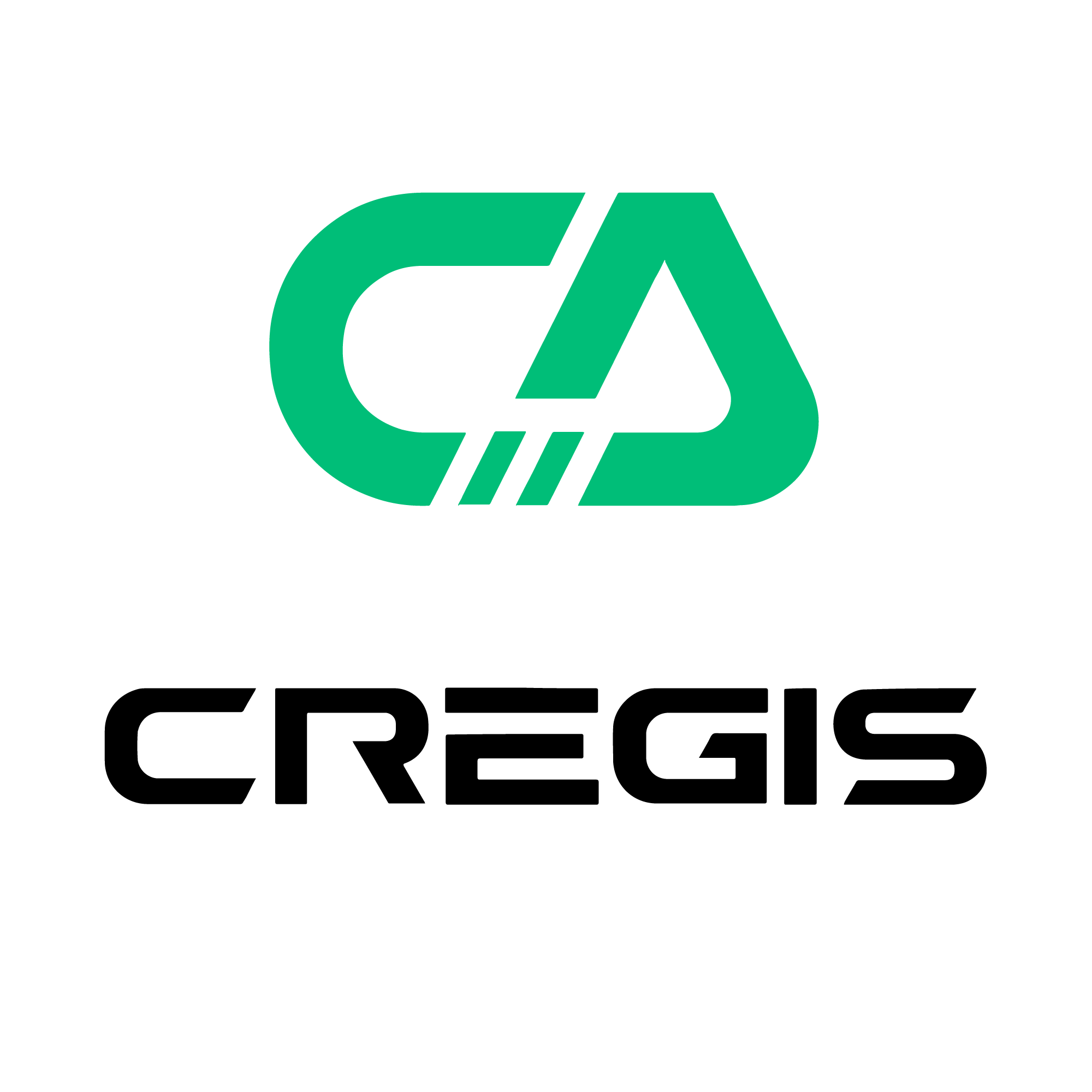Introduction: Why Digital Asset Custody Matters
The rapid rise of cryptocurrencies and blockchain-based assets has pushed investors, both institutional and retail, to seek secure storage solutions. With over a trillion dollars in digital assets now circulating globally, safeguarding ownership is more critical than ever. That’s where digital asset custody comes in.
From centralized custodians to advanced self-custodial wallets, the landscape is evolving to support the growing demand for security, accessibility, and compliance.
What Is Digital Asset Custody?
Understanding Custody in the Crypto World
Digital asset custody refers to the secure storage and management of digital assets, typically by safeguarding the private keys that prove asset ownership. Unlike traditional finance, where institutions hold physical or dematerialized assets, crypto custody revolves around protecting cryptographic keys.
Why Private Keys Matter
- Private Keys: Authorize and sign transactions.
- Public Keys: Generate wallet addresses for receiving funds.
- Losing a private key often means irrecoverable loss of funds, making secure custody solutions essential.
The Growing Importance of Custody in Crypto Adoption
Digital asset adoption is expanding—from cryptocurrencies like Bitcoin and Ethereum to stablecoins, DeFi protocols, NFTs, and tokenized securities. Investors now demand custody solutions that match the rigour of traditional financial systems.
Custodians provide:
- Secure storage
- Trade execution
- Regulatory compliance
- Risk management
- Financial institutions, exchanges, and specialist providers are stepping in to fill this demand.
Crypto Custody Explained: Wallet Types and Key Management
Hot, Cold, and Warm Wallets
| Wallet Type | Connection | Use Case | Pros | Cons |
| Hot Wallet | Online | Active trading | Fast access | Vulnerable to hacks |
| Cold Wallet | Offline | Long-term storage | High security | Slower transactions |
| Warm Wallet | Semi-online | Balanced use | Speed + some security | Partial exposure |
Security Enhancements
- Multisignature (Multisig): Requires multiple private keys for a transaction.
- Multi-party Computation (MPC): Splits a private key into multiple shares across devices, boosting flexibility and resilience.
Types of Crypto Custody Providers
- Cryptocurrency Exchanges
Early pioneers like Coinbase and Binance now offer regulated custody solutions for millions of users globally.
- Traditional Financial Institutions
Banks and fintech firms are entering crypto custody with phased rollouts, leveraging existing compliance infrastructure and client trust.
- Specialist Custodians
B2B providers deliver backend custody services for banks and platforms, often via sub-custody arrangements.
Direct Custody vs. Sub-Custody: What's the Difference?
| Model | Description | Pros | Cons |
| Direct Custody | Financial institutions manage custody in-house | Control, flexibility | Requires tech investment |
| Sub-Custody | Third-party specialist handles custody | Fast market entry | Less control, dependency Each approach has trade-offs based on an institution’s strategy, infrastructure, and risk appetite. |
Private Key Storage: Security vs. Accessibility
Different investors have different priorities. Some want fast access, while others prioritize long-term safety.
Summary of Storage Options
- Hot Wallets: Speed > Security
- Cold Wallets: Security > Speed
- Warm Wallets: A hybrid of both
- MPC vs. Multisig: MPC is more flexible and scalable; multisig is simpler but less adaptable
Self-Custody vs. Third-Party Custody
Self-Custody
Investors use hardware wallets or MPC-based mobile wallets to retain full control.
Pros:
- Full asset control
- No third-party risk
- Cons:
- Greater personal responsibility
- Irreversible loss if keys/passwords are misplaced
Third-Party Custody
Institutions or service providers manage assets on behalf of the investor.
Pros:
- Convenience
- Professional security
- Often insured and regulated
- Cons:
- Less control
- Possible counterparty risks
Benefits of Digital Asset Custody Solutions
- Security: Institutional-grade safeguards
- Simplicity: Especially for individual investors
- Operational Efficiency: Critical for institutions
- Risk Mitigation: Licensing and insurance protections
Challenges in Digital Asset Custody
- Balancing speed with security
- Ensuring scalability and operational efficiency
- Navigating regulatory uncertainty
- Managing complex technologies like MPC and multisig
The Evolution of Crypto Custody
Then: Risky and Primitive
- Paper wallets
- Basic hardware storage
- Frequent losses and hacks
Now: Professional and Scalable
- Regulated custodians
- MPC security
- Licensed and insured providers
The Future of Digital Asset Custody
- Increasing regulatory clarity
- Integration into traditional finance
- Rise of tokenized assets and NFTs
- Enhanced self-custodial solutions (e.g., MPC wallets)
- As adoption grows, digital custody will serve as the bridge between traditional finance and the decentralized future.
FAQs About Digital Asset Custody
What is digital asset custody?
It’s the protection and management of digital assets by safeguarding the cryptographic keys that represent ownership.
How is custody evolving?
Custody services are maturing to match the standards of traditional finance, with banks and fintechs offering regulated, secure solutions.
Why is custody critical for crypto adoption?
Custody builds trust, ensures security, and enables institutional participation—all crucial for crypto’s growth.
Conclusion
Digital asset custody is no longer optional—it’s foundational. Whether you're a retail user exploring self-custody or an institution managing billions in digital assets, secure custody is at the core of participation in the blockchain economy. As technologies mature and regulations evolve, solutions like MPC wallets, custody APIs, and regulated partnerswill shape the next era of secure digital ownership.
关于Cregis
Cregis成立于2017年,是企业级数字资产基础设施领域的全球领导者,为机构客户提供安全、可扩展且高效的管理解决方案。
为应对区块链系统碎片化和资产安全风险方面的挑战,Cregis提供基于MPC的自托管钱包、WaaS解决方案和支付引擎,打造高度整合且合规的数字资产管理平台和生态。
迄今为止,Cregis已为全球超过3,500家机构客户提供服务。为交易所、金融科技平台和Web3企业提供了安全的区块链技术接入方案。凭借多年在区块链和安全领域的成熟专业知识,Cregis助力企业加速Web3转型,把握全球数字资产发展机遇。

